Adding to our Flower Power Series….
Chrysanthemum
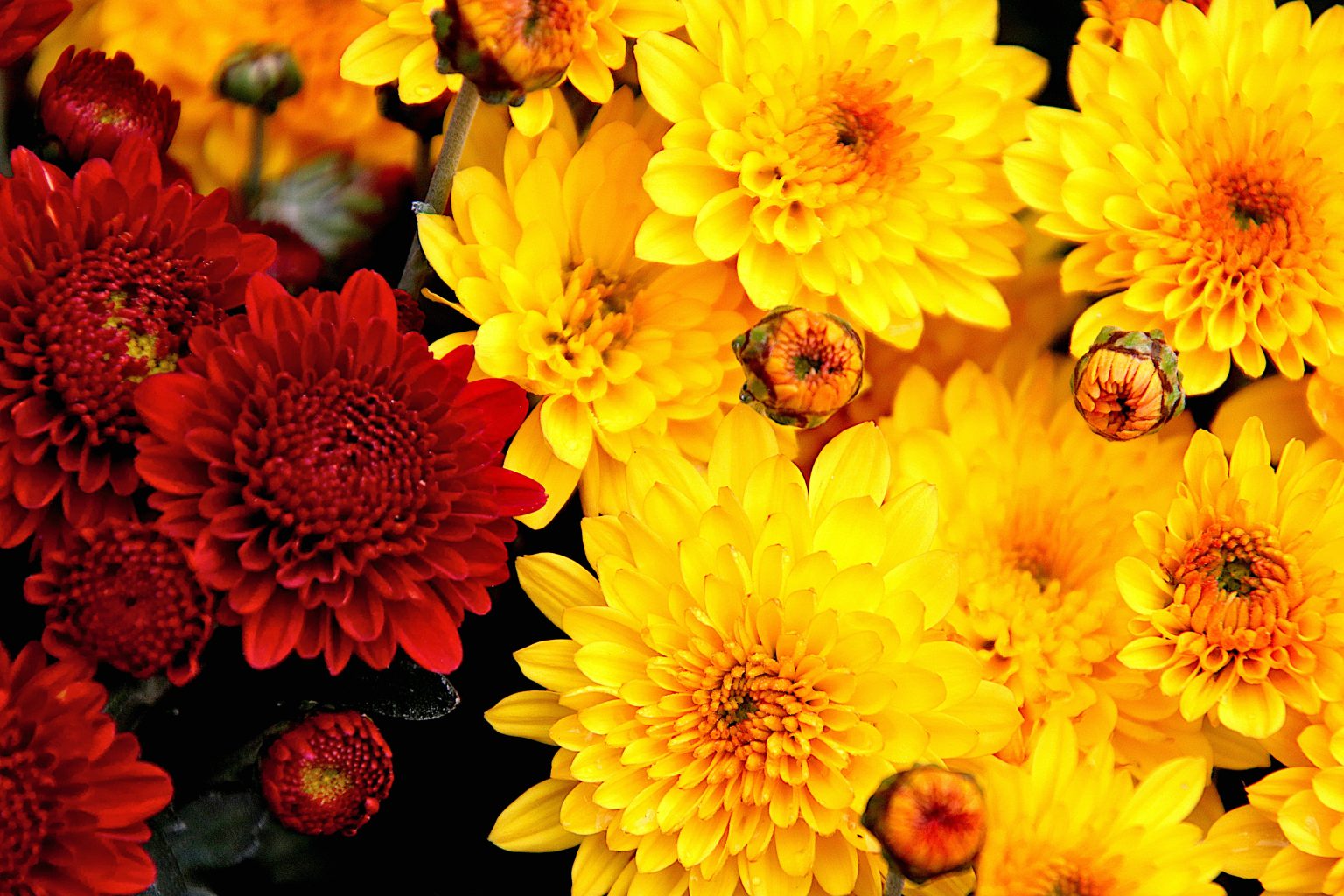
Originally cultivated in China, the first written reference to chrysanthemums was in 15th century BC. The close ties to these flowers is warm and wide in China, indeed a city in China called Chu-Hsien literally translates to “chrysanthemum city” (“Chu” being the ancient name for “chrysanthemum”.)
The chrysanthemum is one of the “four noble plants” or “noble gentlemen” according to Chinese culture – the other “nobles” are plum blossoms, orchids and bamboo. Together they were also said to represent the four seasons as well as the four human virtues. Chrysanthemums specifically identify with the season of autumn and virtue of nobility.
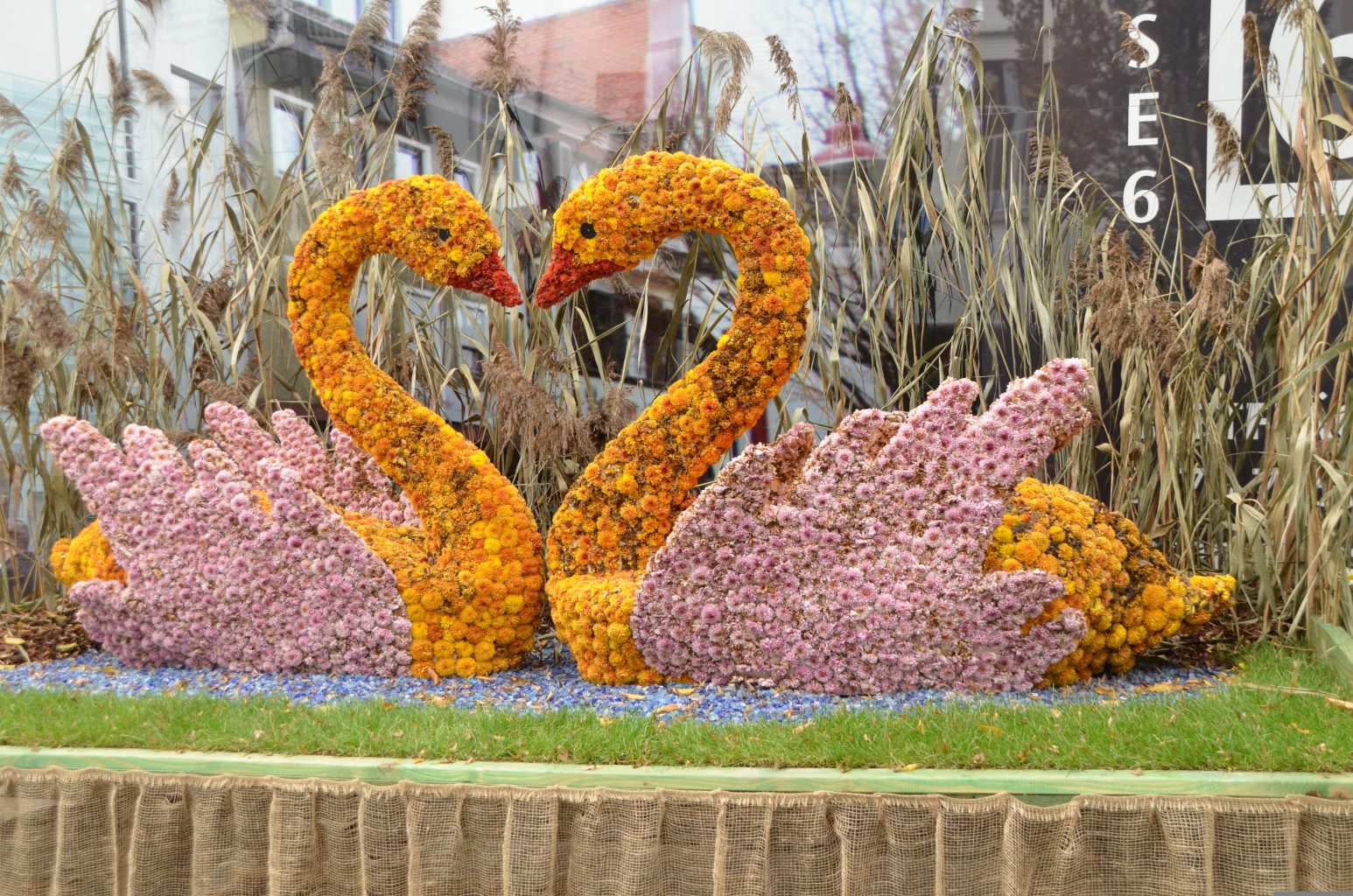
In Japan, chrysanthemums arrived in what is known as the Heian period (794 to 1185). They naturally blossom in the month of September which coincides, in Japan’s lunar calendar, with the Chrysanthemum Festival (Chōyō-no-sekku), the final of the 5 seasonal festivals. The celebrations include highlighting longevity, an attribute chrysanthemum is said to bring. In Japan the plants are groomed and shaped for months before the festivals, much as bonsai – they are one of the few flowers which can be cultivated this way.
There is a Japanese myth which features Izanagi and Iznami, god and goddess respectively. It goes something like this: Izanagi and Iznami were dispatched to earth because of an overcrowding of gods in heaven. Iznami, upon arrival, created the gods of the seas, wind and the mountains. But then, while creating the god of fire, the flames destroyed her. Izanagi missed her so much that he followed her into the “black night” where, although he had a glimpse of her, he was chased back to earth by a witch. Back on earth he sought to cleanse himself in the river and left his clothing on the ground where they turned into twelve gods. His jewels became flowers: one bracelet became an iris, the other bracelet a lotus flower and his necklace transformed to a golden chrysanthemum.
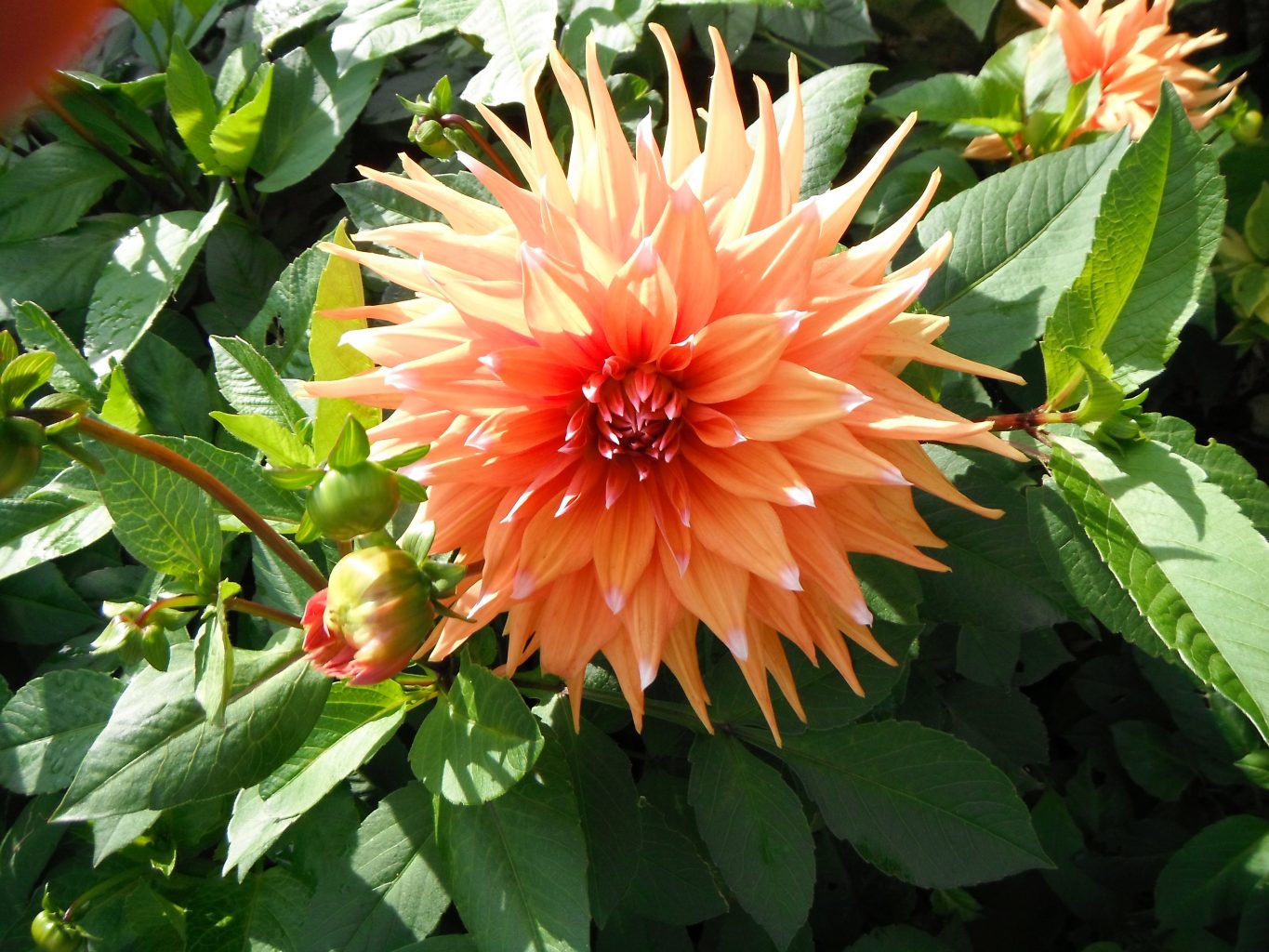
Chrysanthemums belong to the Asteraceae family, the largest family of flowering plants. Chrysanthemum’s name comes from the Greek words, “chrysos” which means gold and “anthemos” which means flower. They are some of the easiest flowers to grow, succeeding both indoors and outdoors. Their cut flowers are one of the longest lasting, usually well over two weeks.
Although they now have been cultivated to include a wide range of colors, the traditional chrysanthemum is yellow. In 1630 there were over 500 cultivars recorded in China and now a conservative estimate is over 20,000 different cultivars in the world. Florists report that in North America chrysanthemums are the second most popular floral gift (roses being the first) as well as one of the 5 top plants in the world.
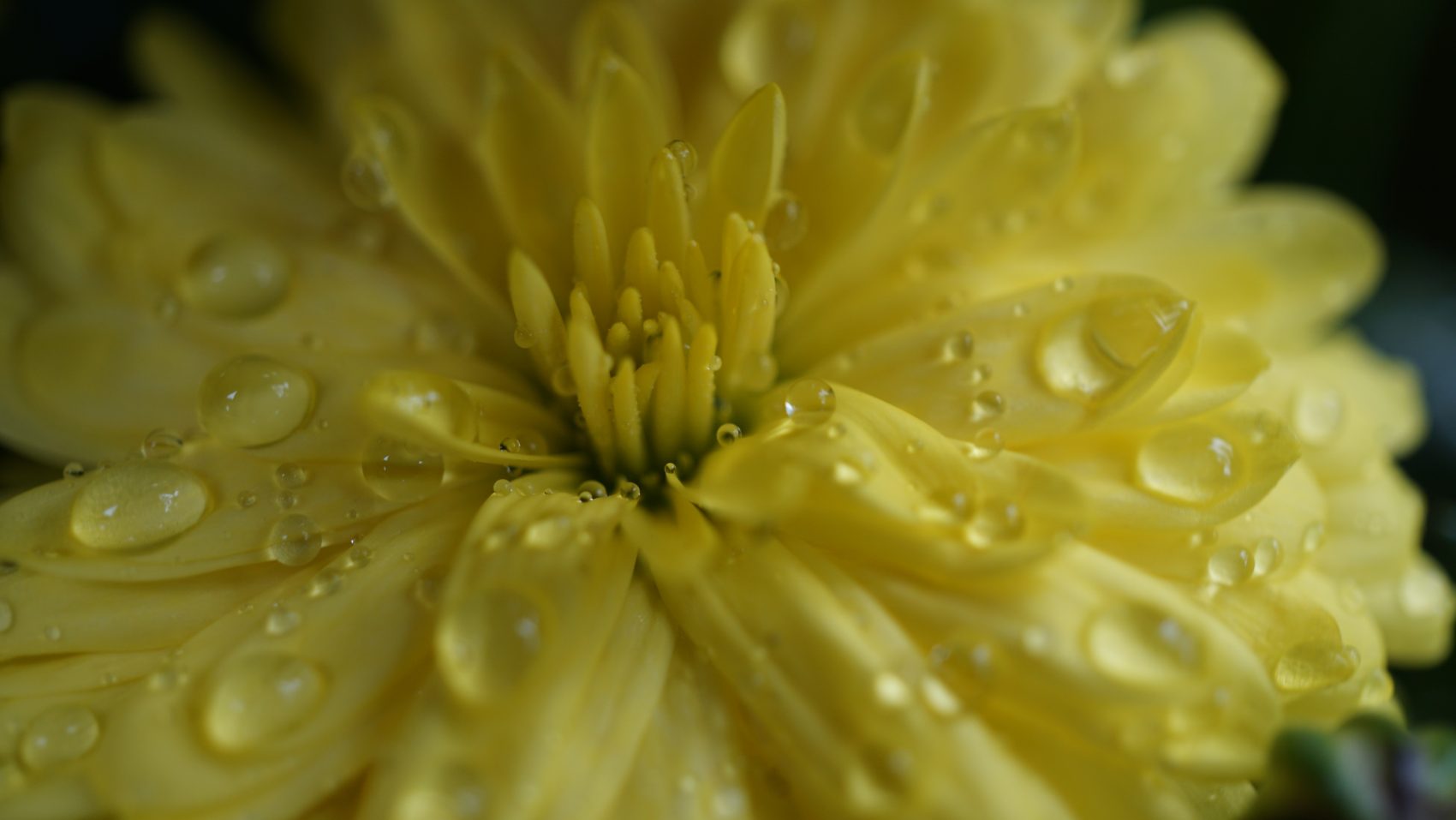
This beautiful flower has come to represent a wide range of meanings, most prevalent being active power and longevity. Historically, the Han people (the largest ethnic group of China) made a wine from the boiled roots and drank it on the 9th day of the 9th month as they believed it prolonged their life.
The Buddhists believed these plants emit Yang or active energy, regularly including them in offerings for that reason. Chrysanthemums were also seen as an example of perfection because the petals are laid out so simply and cleanly.
In Japan the chrysanthemum became an imperial symbol as well as a symbol of the sun. In North America chrysanthemums are associated with joy and optimism. The Australians give them, in keeping with their nickname “mums”, as a gift for mothers.
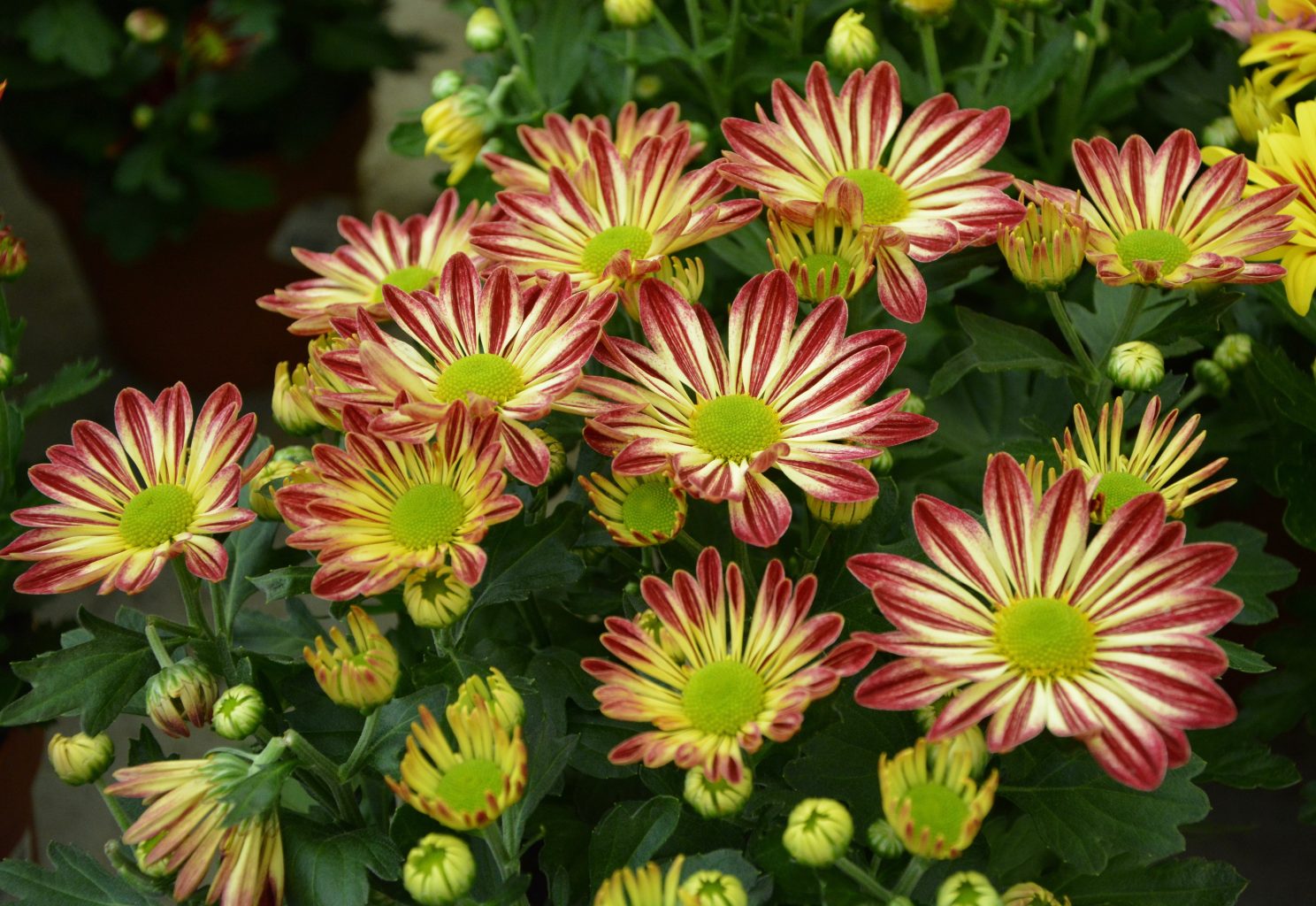
The chrysanthemum has many practical uses. The flower is called Ju Hua in Traditional Chinese Medicine. It is sweet, bitter and cool and therefore used to dispel wind and heat, clear liver heat and calm liver yang. Because it clears heat and toxins it is useful in addressing many ailments.
The oil extracted from the flowers of certain species of chrysanthemums (pyrethrum) has been used in insecticides for centuries. Some components are also useful in repelling mosquitos.
There are certain “edible” varieties in which both the flowers and the greens can be used in salads, stir-fries or as garnishes. Some find the petals bitter and prefer to remove them before eating the flower. Chrysanthemum leaves are a good source of vitamins A and C as well as iron and calcium and, if not overdone, can be a healthy addition to your diet.
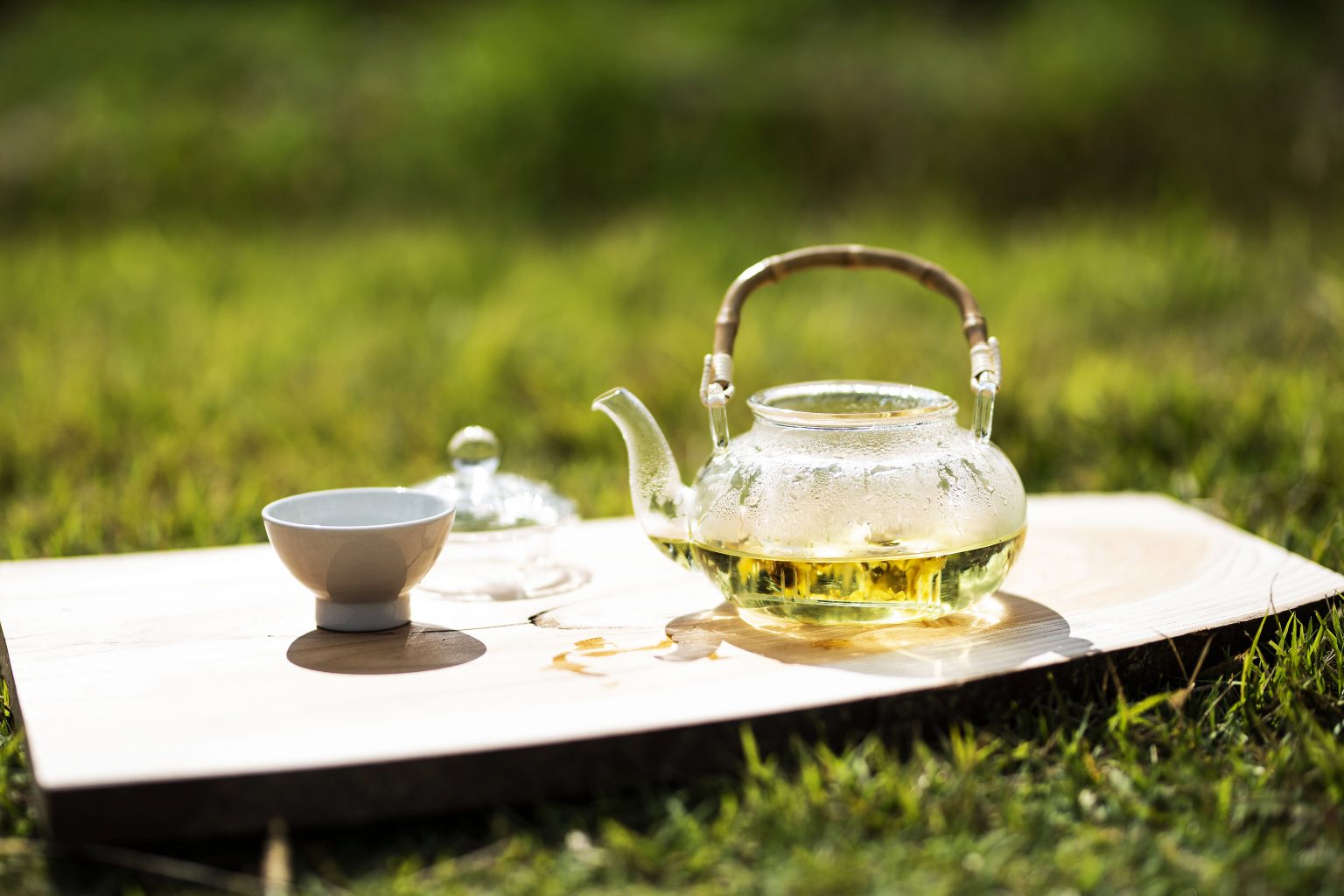
Chrysanthemum tea is tradition in Asia, made from the yellow or white flowers of Chrysanthemum morifolium or Chrysanthemum indicum (see image above) along with many other varieties. Although the tea is quite popular in places like China, the practice is not as widespread in the West. One tea merchant postulated it could be that the taste is unfamiliar. One tea company describes the taste as “mildly sweet with a hint of buttery warmth” while another says it is similar to a less intense chamomile flavor.
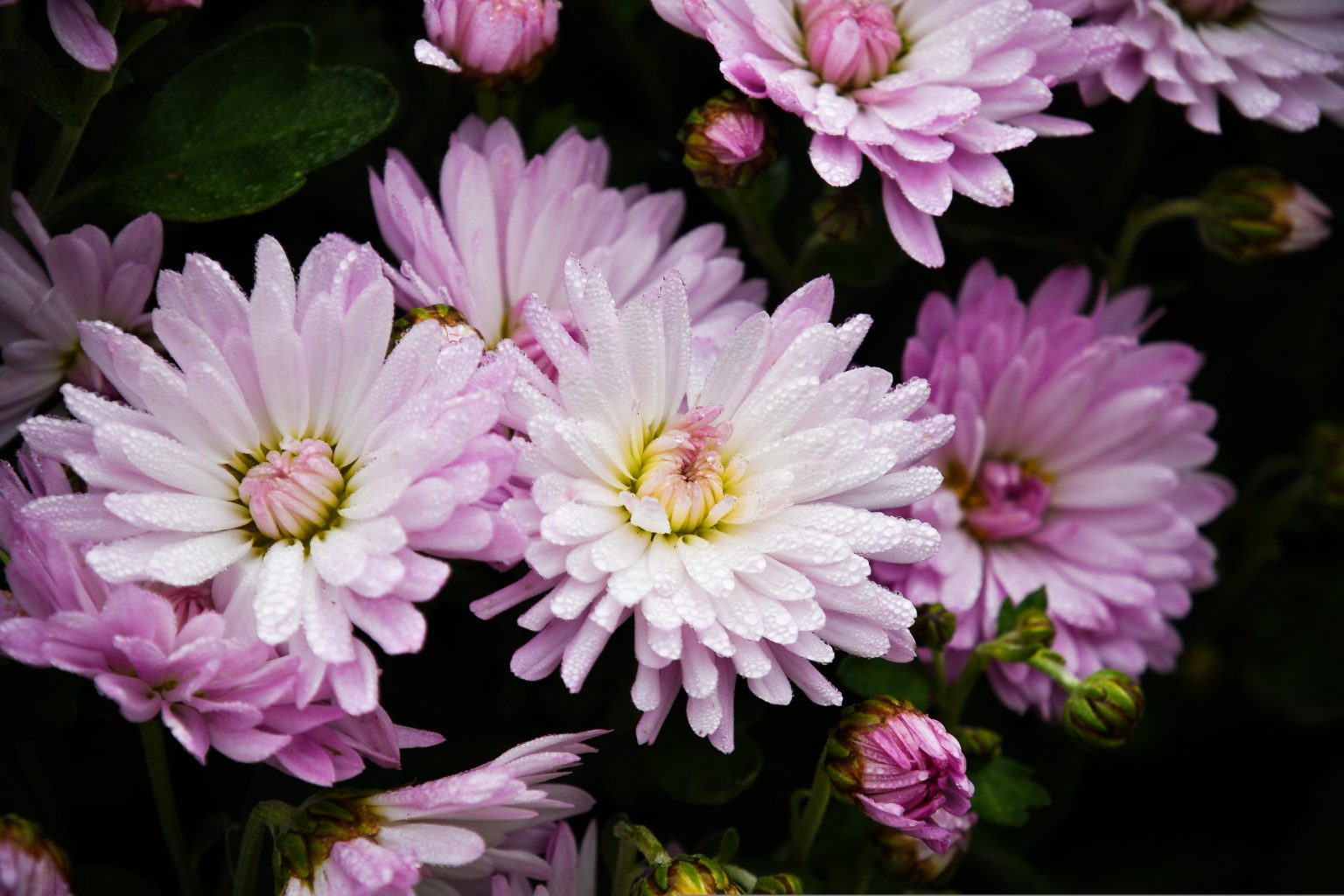
How would you engage the beautiful Chrysanthemum? They have a truly dynamic visual, medicinal and practical application range and an interesting combination of symbolism: power, longevity, nobility along with cooling properties, etc. It is said Confucius himself suggested them as an object of meditation. A gentle timeout a cup of chrysanthemum tea, plans to include them in your garden, or in a painting? Chrysanthemums offer endless possibilities…
